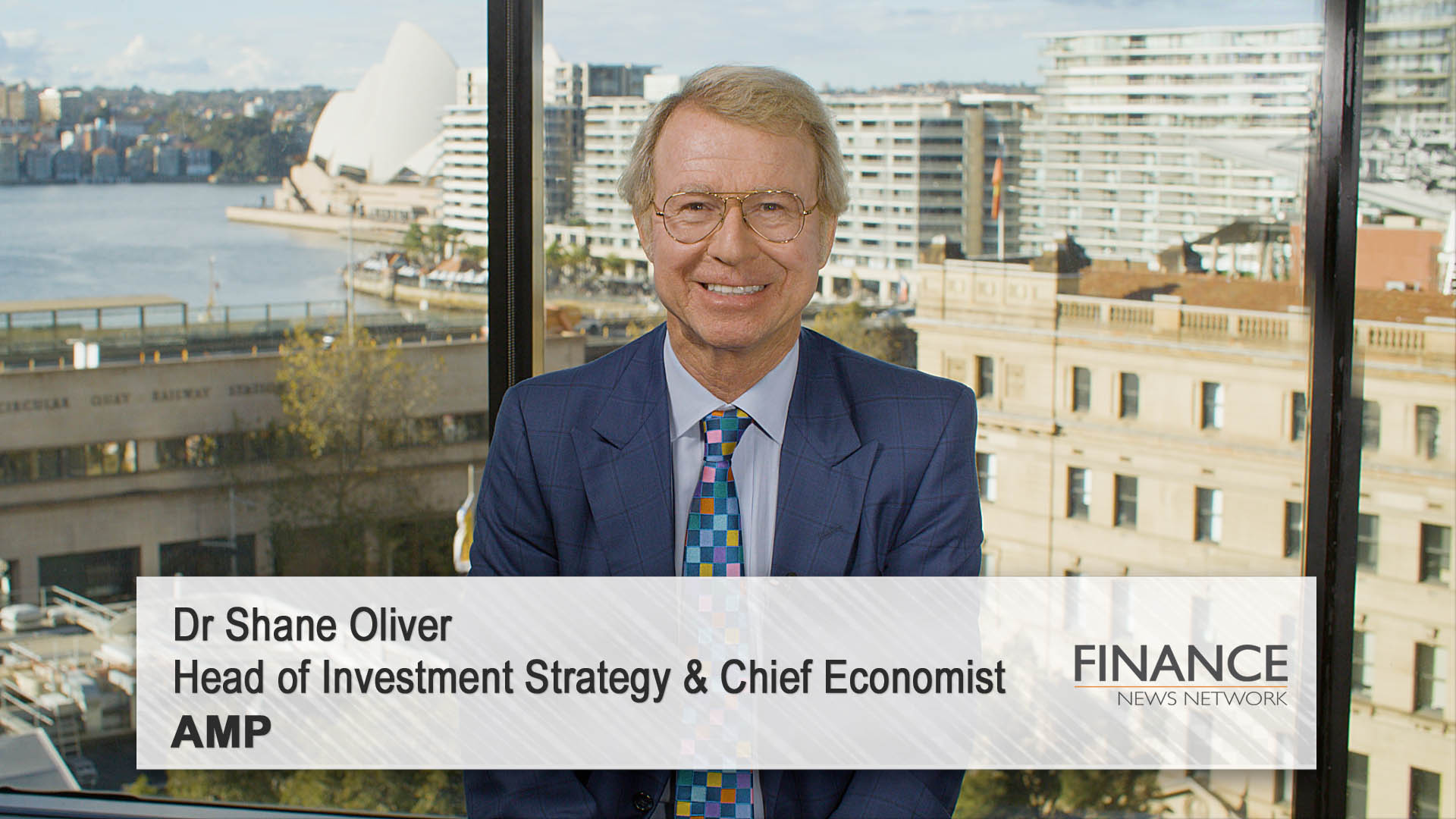Note: This article was originally published on Oliver’s Insights on May 6 2015 and has been republished with permission from the original author.
As widely expected, the Reserve Bank of Australia has cut the official cash rate to 2% from 2.25%. This has taken the official cash rate to its lowest level ever and will push mortgage rates down to levels not seen since the mid-1950s. The latest rate cut if fully passed on to mortgage holders should save a borrower with a $300,000 mortgage about $12 a week or $625 a year.

Mortgage rates assumed to fall in line with the latest cash rate cut. Source: RBA, AMP Capital
This note looks at the implications for the economy and investors.
Why the cut?
The latest RBA rate cut makes sense. National income is still falling with lower commodity prices. Household demand has picked up but the business investment outlook is bleak and public spending is likely to be soft. And at the same time inflation is benign providing no barrier to a cut and the Australian dollar remains too strong.
Sure the Sydney residential property market remains too strong, but home price growth in the other capital cities is weak at just 1.7% year on year, and so it is right to put Sydney aside and set rates for the average of Australia as a whole which needed a cut. Exactly the same was done a decade ago when the RBA was raising interest rates despite falling Sydney property prices.

Source: Core Logic RP Data, AMP Capital
Will it work?
Interest rate cuts are not as potent as they used to be (as Australians are much more cautious regarding debt post the GFC). This is partly why they have had to go to record lows. But the interest savings for households with mortgages and businesses combined with ongoing downwards pressure on the value of the $A should provide further support to demand in the economy. Home construction has already received a boost from the rate cuts seen since 2011, but the latest cuts should help ensure that household demand remains strong and eventually encourages a pick-up in non-mining investment. Which in turn should see economic growth pick up to around 3% or just over next year.
Won’t the hit to self-funded retirees’ income offset the boost to the economy?
Just as mortgage rates have collapsed so too have deposit rates, which are likewise now back at levels last seen in the mid-1950s. This is hitting the income of self-funded retirees and others relying on bank deposits.

Deposit rates assumed to fall in line with the latest cash rate cut. Source: RBA, AMP Capital
However, in total Australian households have around $850bn in bank deposits but owe $2050bn in debt, so the household sector as a whole is clearly a net beneficiary of lower interest rates. It also tends to be the case that spending by families with mortgages is more sensitive to changes in their spending power than that of retirees…though I don’t want to generalise here too much!
RBA rate cuts are also just as much about keeping the $A low and pushing it lower as boosting domestic spending. Lower Australian interest rates help push the $A down by making it less attractive for foreign investors to park their money in Australia. And a lower $A helps boost sectors like farming, tourism, manufacturing and higher education and helps offset lower commodity prices for resources companies.
Is this the low for interest rates?
Our base case is that 2% for the cash rate will be the low for this cycle. However, with the mining investment boom continuing to unwind and confidence still subdued (hopefully next week’s Budget might mark a turning point on this front!), the risks are still skewed towards a fall in the cash rate below 2%.
On this front, while the RBA’s post meeting Statement contained no explicit easing bias this was also the case when it last cut in February. Moreover, the RBA’s commentary on the $A was much more strident than anything seen over the last year with it stating that further depreciation is both likely and necessary. So if the $A does not oblige and head lower, then the RBA is likely to be back cutting interest rates again.
What does it mean for investors?
There are several implications for investors.
- First, bank term deposit rates are becoming less and less attractive. We have to get used to ongoing low interest rates and investors still relying on bank deposits could consider alternative sources of yield and return.
- Second, falling interest and deposit rates mean that growth assets providing decent yields will remain attractive. This includes commercial property and infrastructure but also Australian shares which continue to offer much higher income yields – and more stable income flows – than bank term deposits.

Deposit rate assumed to fall in line with the latest cash rate cut. Source: RBA, Bloomberg, AMP Capital
- Finally, notwithstanding the kneejerk bounce in the $A on the lack of an explicit easing bias from the RBA, the broad trend in the $A is likely to remain down. So it makes sense to continue to have a greater exposure towards unhedged international assets than would have been the case say a decade ago when the trend in the $A was up.








